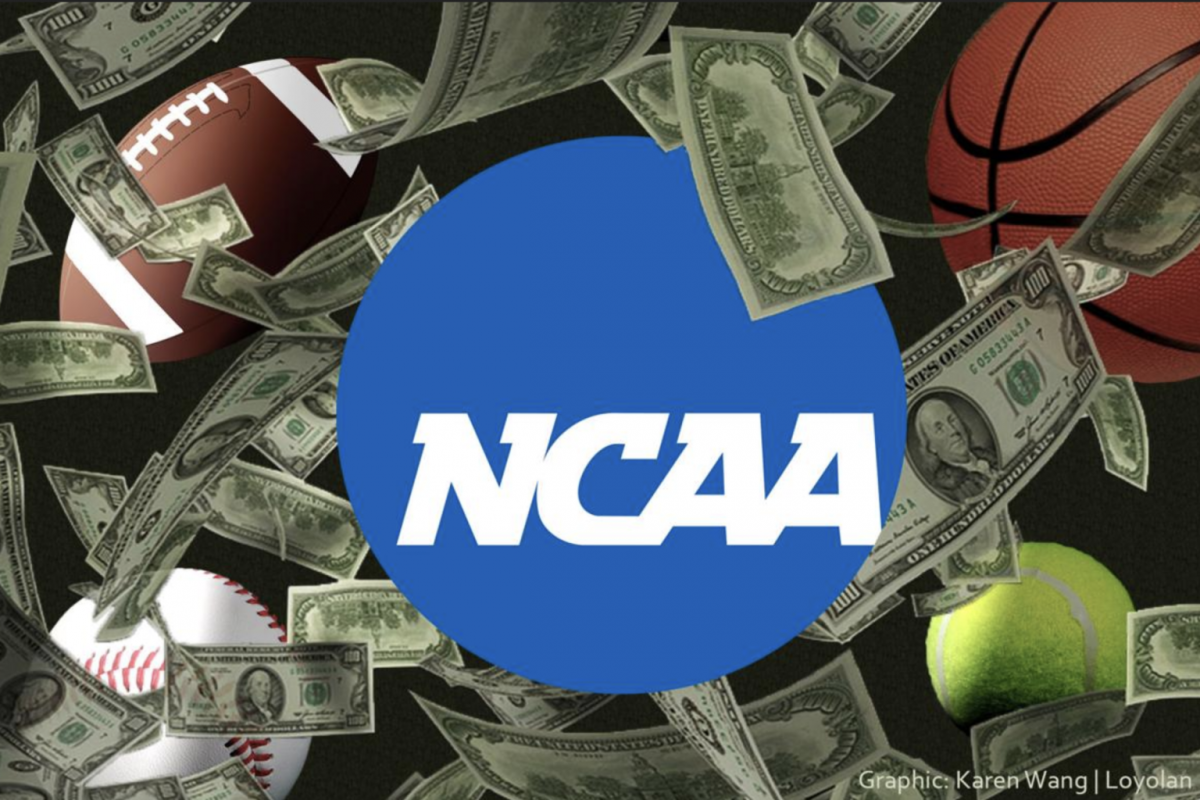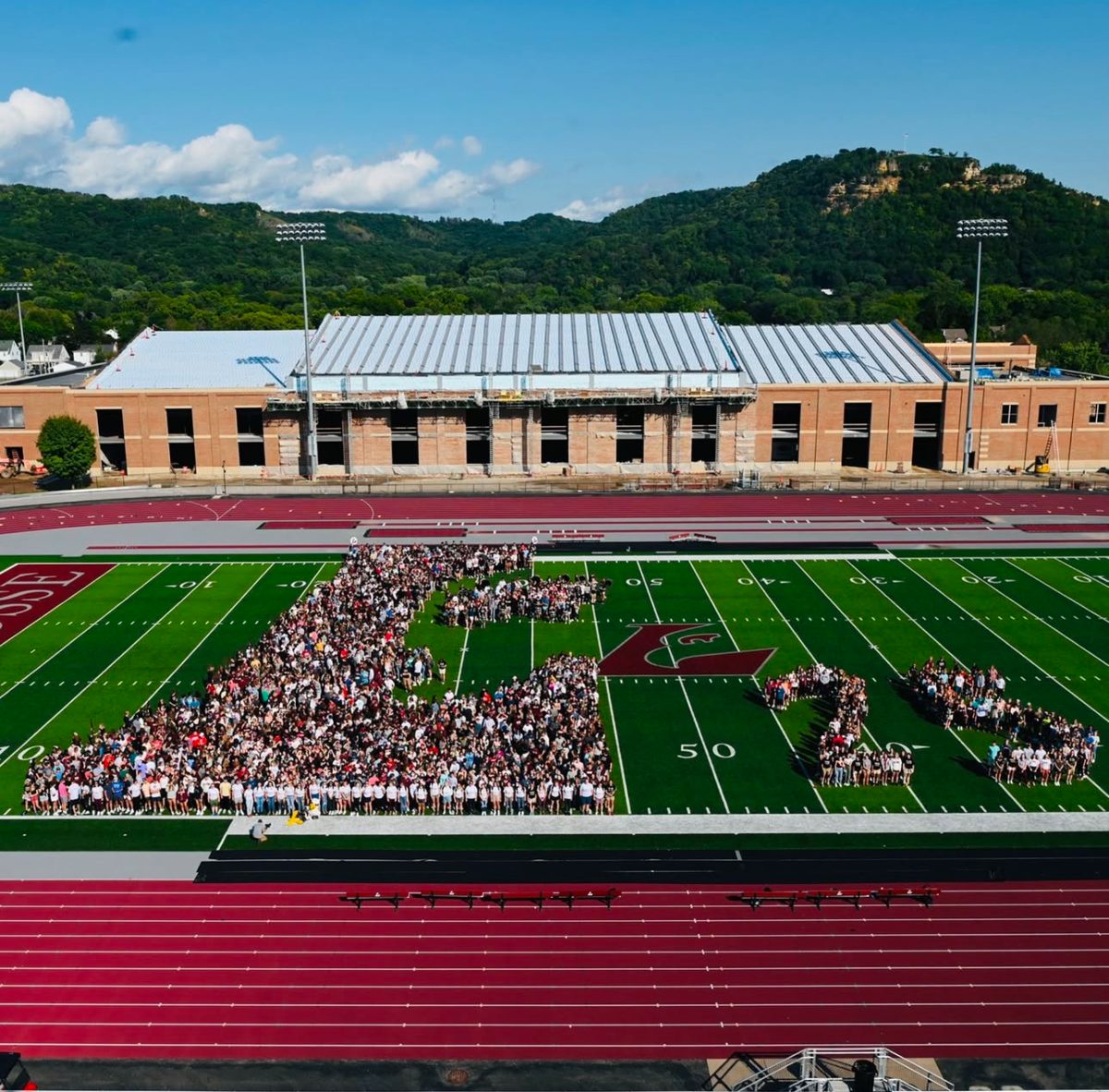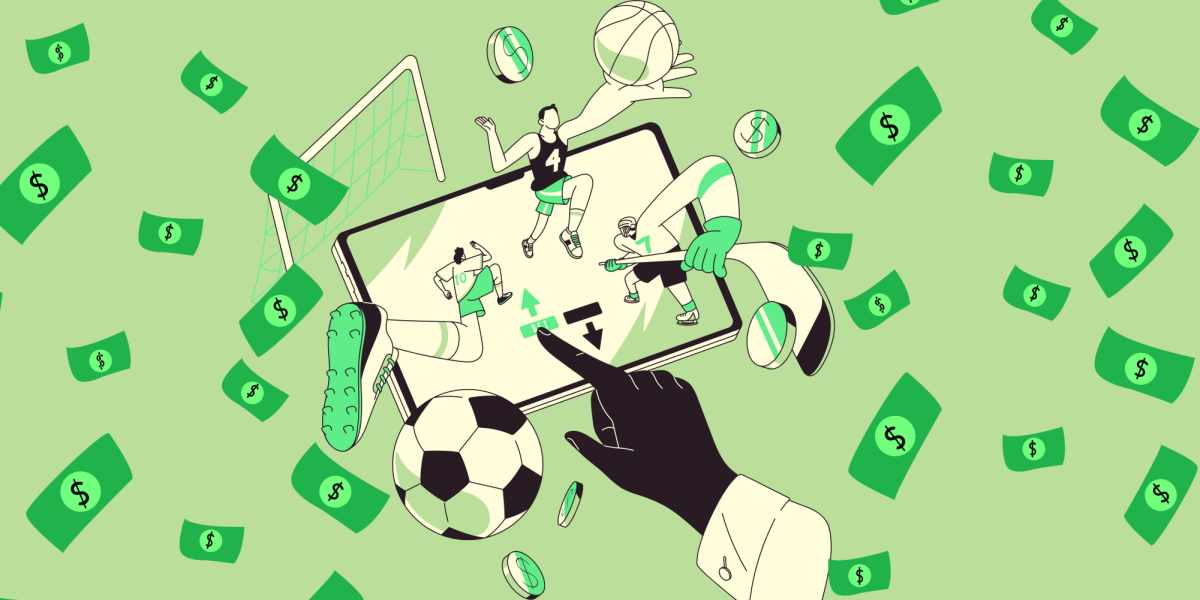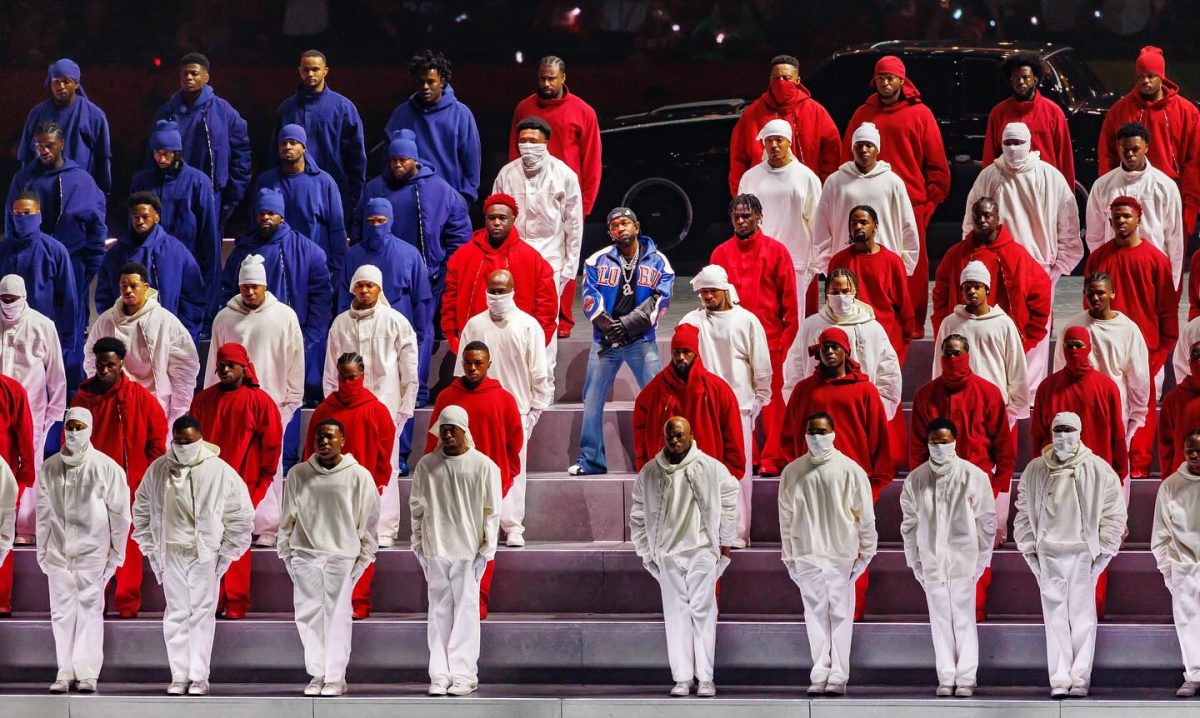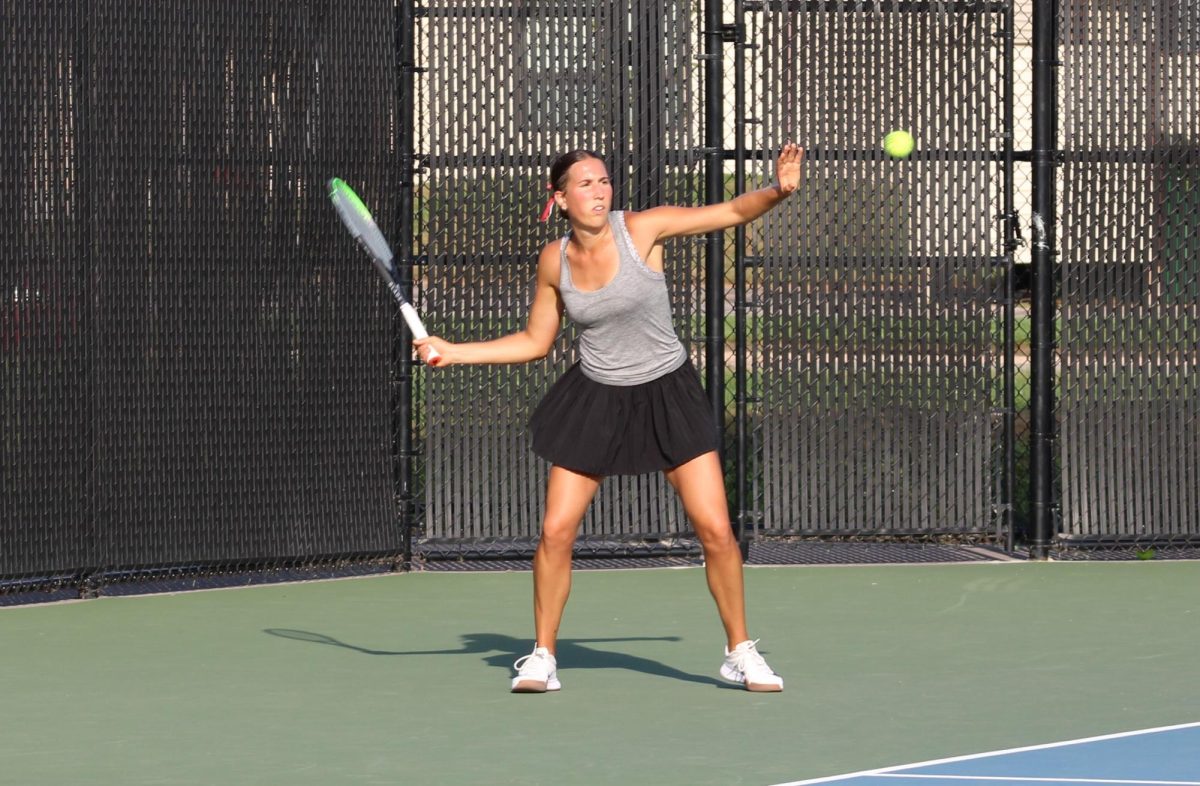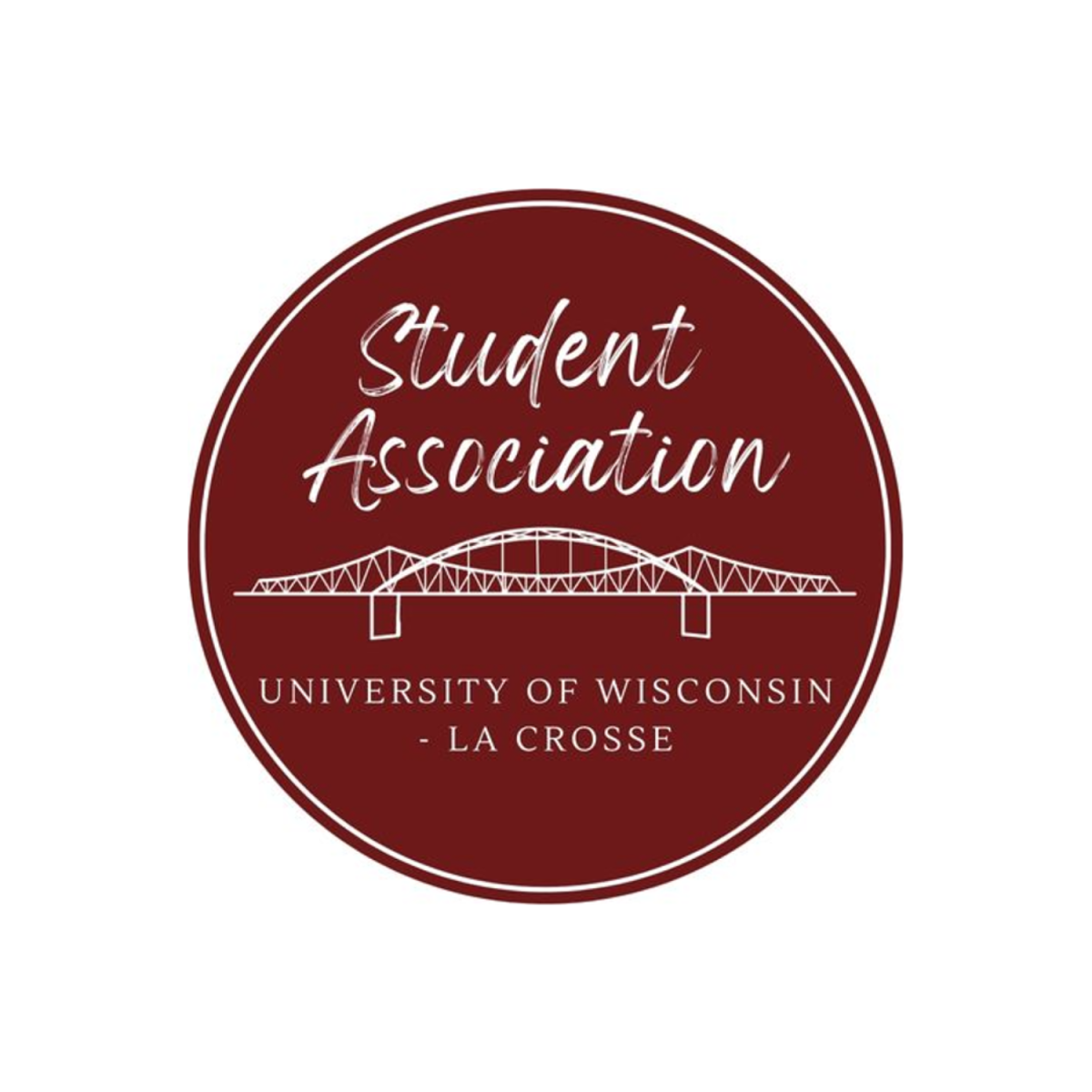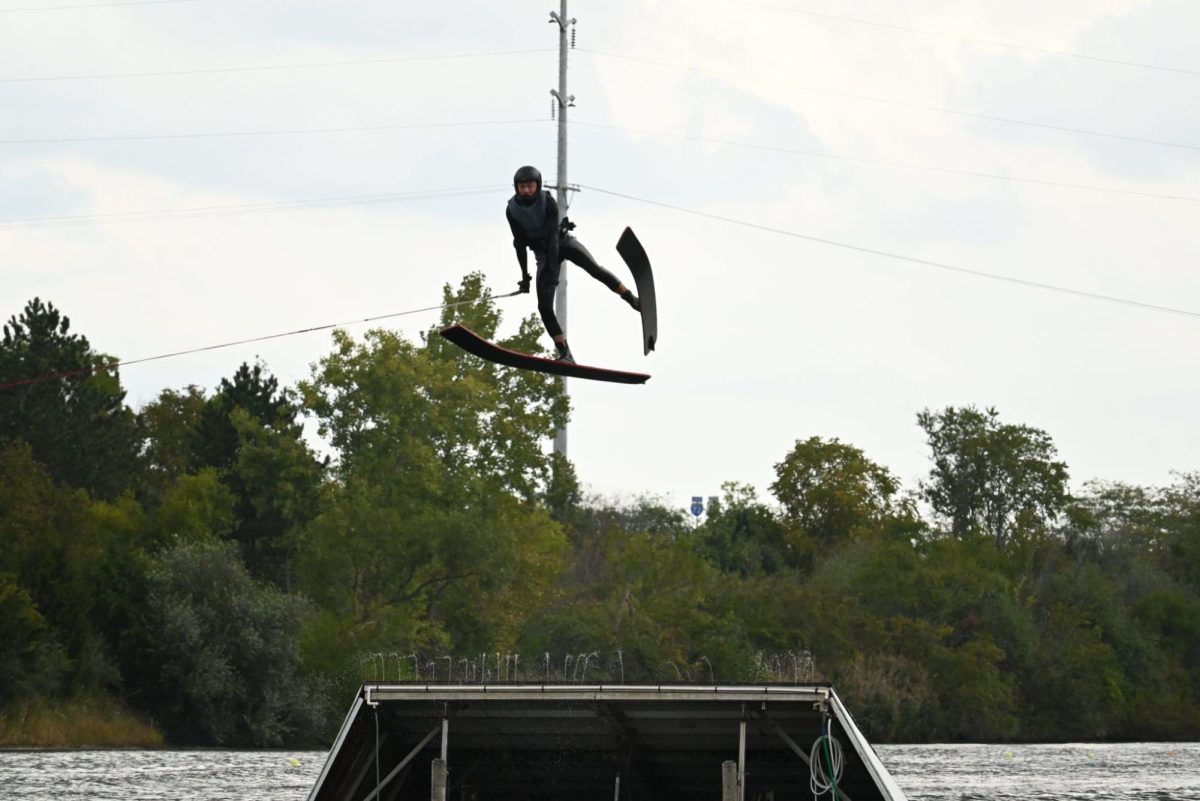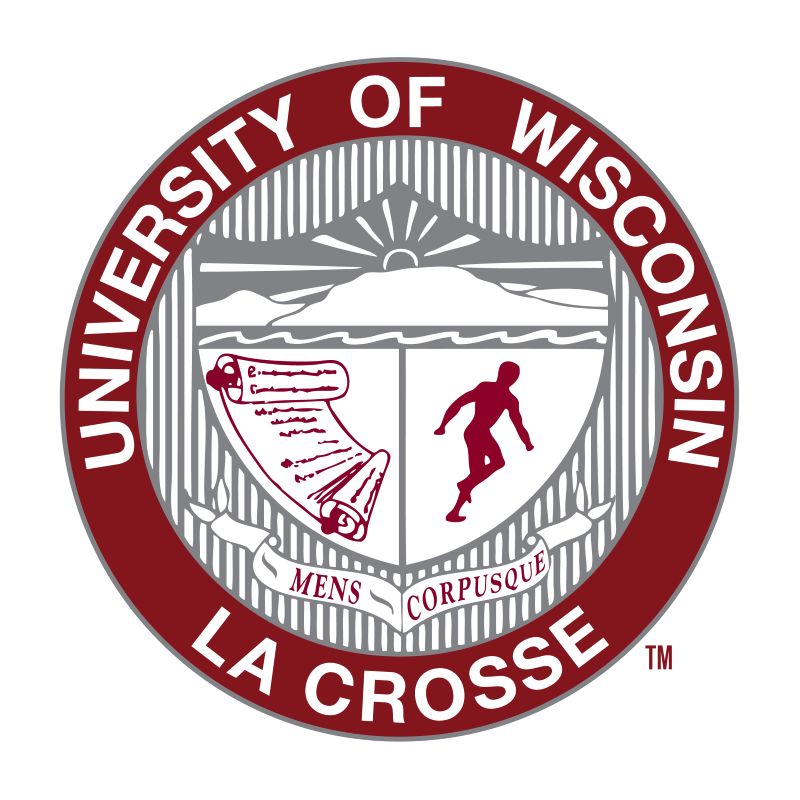For the majority of its time as an organization, the National Collegiate Athletic Association (NCAA) has operated as an amateur league. College sports were a place where athletes who wanted to continue their academic career while still dedicating time to sports thrived.
Whether the organization likes it or not, the three new developments of the transfer portal, name, image and likeness (NIL) and the latest NCAA settlement, have launched college sports into a new era. These changes have not only disrupted the integrity of what college athletics used to stand for, but have also turned the NCAA into a miniature professional league, replacing the amateur structure that once defined it.
In October of 2018 the NCAA transfer portal had its debut. Previously, when athletes wanted to transfer schools they had to sit out a season, making the decision to leave much more serious and thoughtful. Now players who are unhappy with their current situation have the opportunity to auction themselves off to any school that will take them and play that very same year.
With the roll out of NIL, transferring is now seen as an investment rather than a personal or academic move. Universities with donors willing to pay top price for talent are instantly granted the opportunity to build super teams. One of the most prominent examples of this is third-year South Carolina quarterback LaNorris Sellers who said that he was once offered an $8 million NIL deal to transfer to another team.
While these offers allow for athletes to make professional money while pursuing an education, the integrity of collegiate sports dwindles. Watching a hometown team build up their roster and finally win after years of hard work is not a story that is often told anymore. If a team struggles one season, players are beginning to have no issue leaving for a school with a more successful record. Loyalty is being bought out by NIL, and the transfer portal is the vessel that is allowing it to happen.
At the conclusion of the 2024-2025 men’s basketball season, every single one of Baylor’s players who didn’t age out of college entered the transfer portal. The Baylor Bears team that will debut next year is going to be a completely different basketball team. The disintegration of an entire team begs the question, is massive turnover truly what is best for players and fans of the game?
The Bears are a perfect example of why the transfer portal and NIL need to be regulated. College athletics has turned into a high stakes bidding war with NIL deals acting like free agency contracts. Unfortunately, with the passing of the new 2.8 billion NCAA settlement, players switching teams for better financial offers is only going to get worse. This new settlement will allow for Division I schools to pay their athletes a certain wage per hour on top of scholarships and NIL deals.
One of the perks of playing at the Division I level is having partial or full ride scholarships. Ever since NIL has come into the mix, big name athletes are pulling in millions of dollars under their name, image and likeness. This new settlement allows for more money to be poured into the pockets of these elite athletes. While this appears to be a good thing, the influx of money coming into college sports has turned a league focused on education, experience and exposure into a system where the schools with the deepest pockets attract the most talent.
What’s more concerning is that the system for paying college athletes is currently virtually unregulated. If a university chooses to give wages only to its star players, where does that leave the rest of the team? And what’s to stop a school from directing all its funds to the football program while leaving other sports, like basketball, out in the cold? This kind of behavior from universities invites many other potential lawsuits over inequality, shifting the focus away from the game itself and turning collegiate athletics into a battleground over finances and fairness.
Paying Division I athletes opens the door for other divisions to start demanding payment too. If laws are passed that require all universities to pay their athletes, then Division I might be the only level of college sports that survives. Most Division II and III schools rely on fundraising and summer camps just to afford new equipment and jerseys.
If these programs are already stretching their budgets just to cover basic expenses, they definitely aren’t ready to start handing out paychecks. Assuming that college sports keep heading in this direction, the NCAA risks transforming from a place of providing opportunities for student-athletes to an exclusive club for elite talent.
As a college athlete myself I understand the desire to get paid for the countless hours poured into being a student-athlete. It’s a lot of hard work and dedication, however at the end of the day it is something that we sign up for. College sports were always meant to be for the love of the game but now it seems like just another way for people to cash in.
At the Division III level my teammates and I receive zero scholarship, limited opportunities for NIL deals, and no payment for the hours dedicated to our sport. Yet we all come back every year, not for money, but simply because we love what we do. This type of behavior is what makes college sports what they are. Without loyalty, the ability to overcome hardships and the love of the game, the collegiate sports scene will lose everything it’s known for.

